
PVD Titanium Nitride Vacuum Coating Plating Equipment ARC series
Physical Vapor Deposition (PVD) is a vacuum coating process that involves transforming a material from a condensed solid phase to a vapor phase and then back to a condensed, thin film phase.
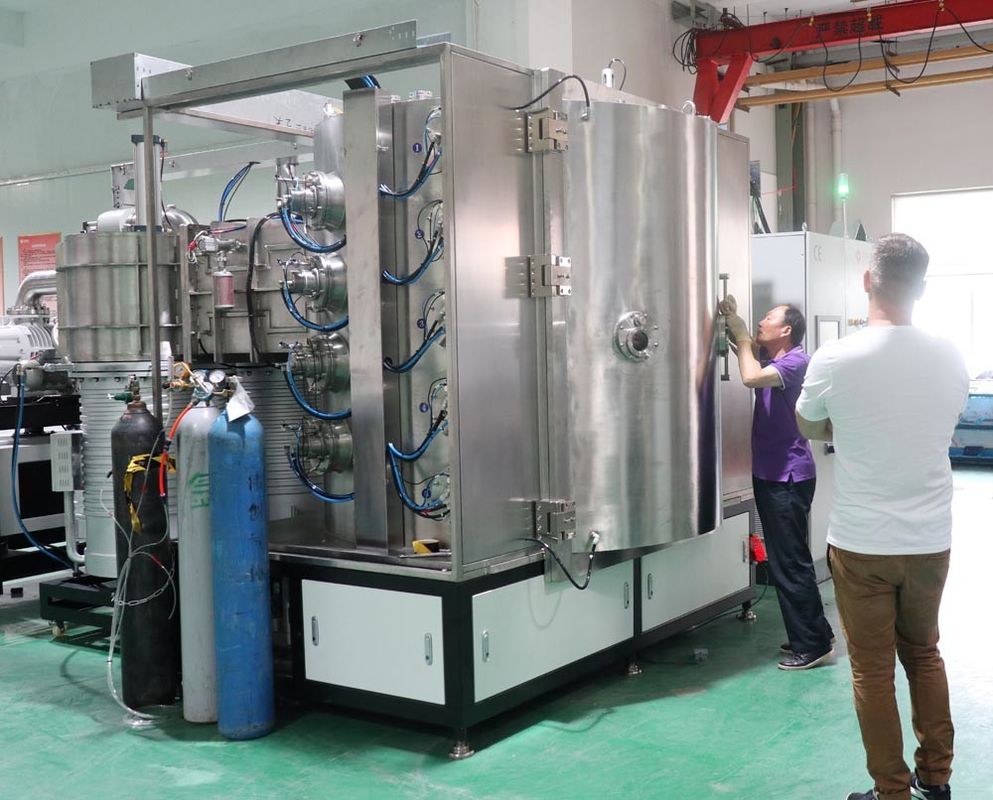
ABS parts TiN Gold PVD Vacuum Coating Machine , Cathodic Arc Decorative
PVD (Physical Vapor Deposition) vacuum coating is a process of creating a thin film on a substrate by using a vacuum chamber. The process involves evaporating the desired material, which condenses onto the substrate to create a coating. This coating is used in various applications, such as in the aerospace, automotive, and electronic industries.
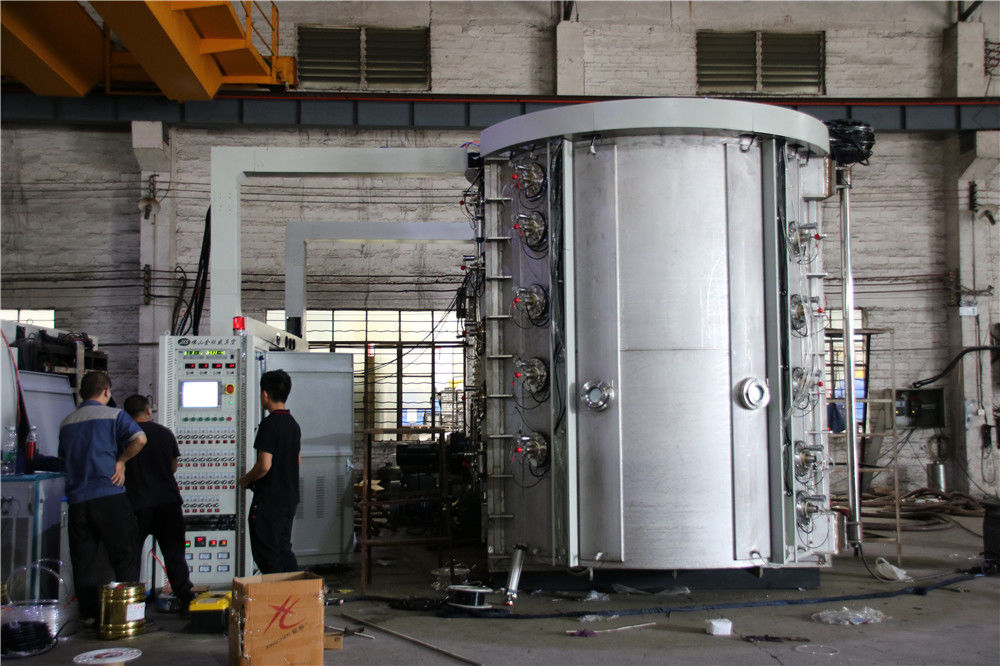
SS304 PVD Vacuum Coating Machine With Diffusion Pump
What Is PVD Coating & How It Works Alcadyne's primary coating process is physical vapor deposition ("PVD") or PVD coating, a technique that describes a variety of vacuum deposition methods, such as cathodic arc, sputtering, and evaporation.
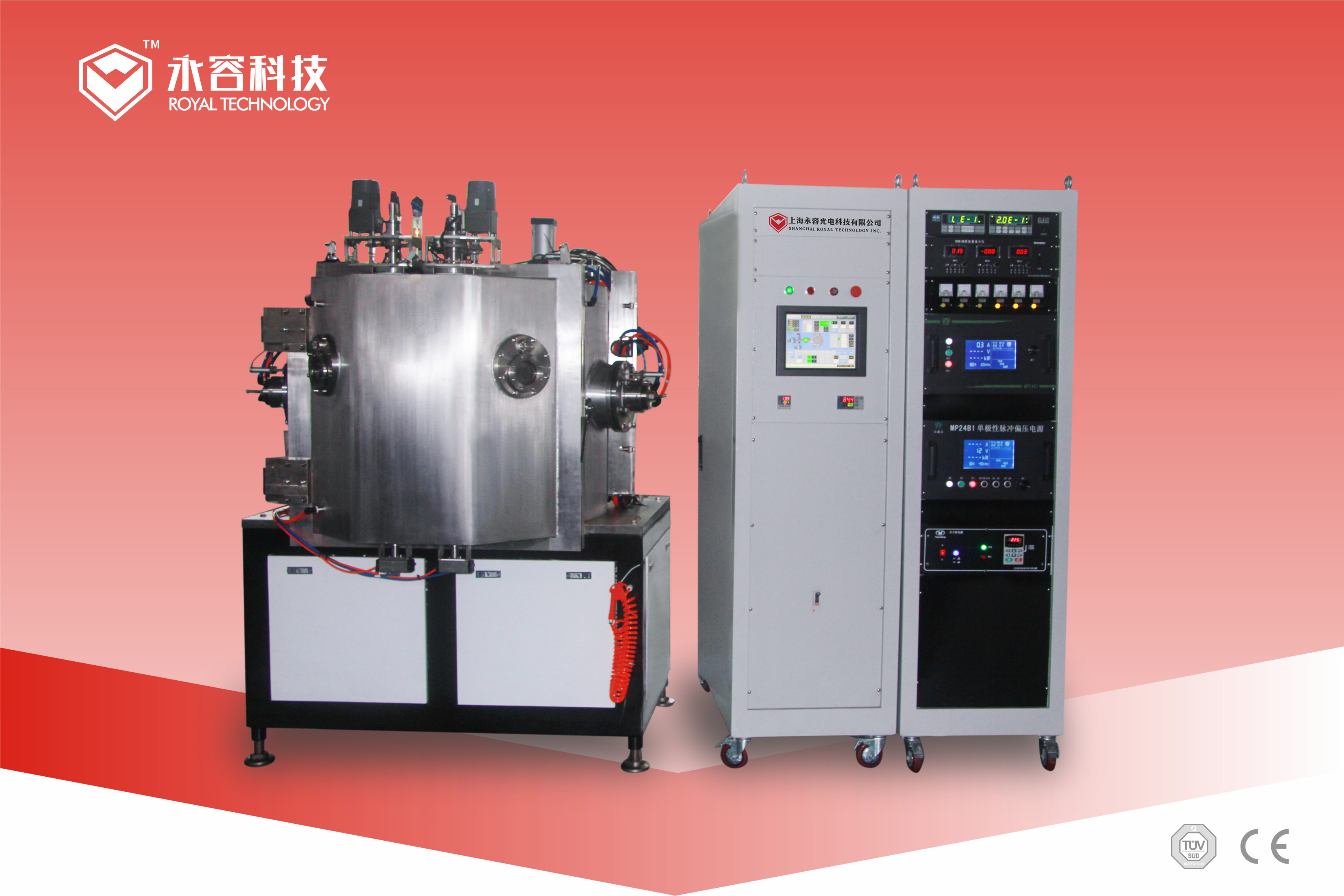
Medical Thin Film PVD Coating System, Surgery Instruments
Physical Vapor Deposition Coating (PVD) is the vacuum chamber coating process we use most often. The part to be coated is placed inside a vacuum chamber. The solid metal material that will be used as the coating is vaporized under vacuum.
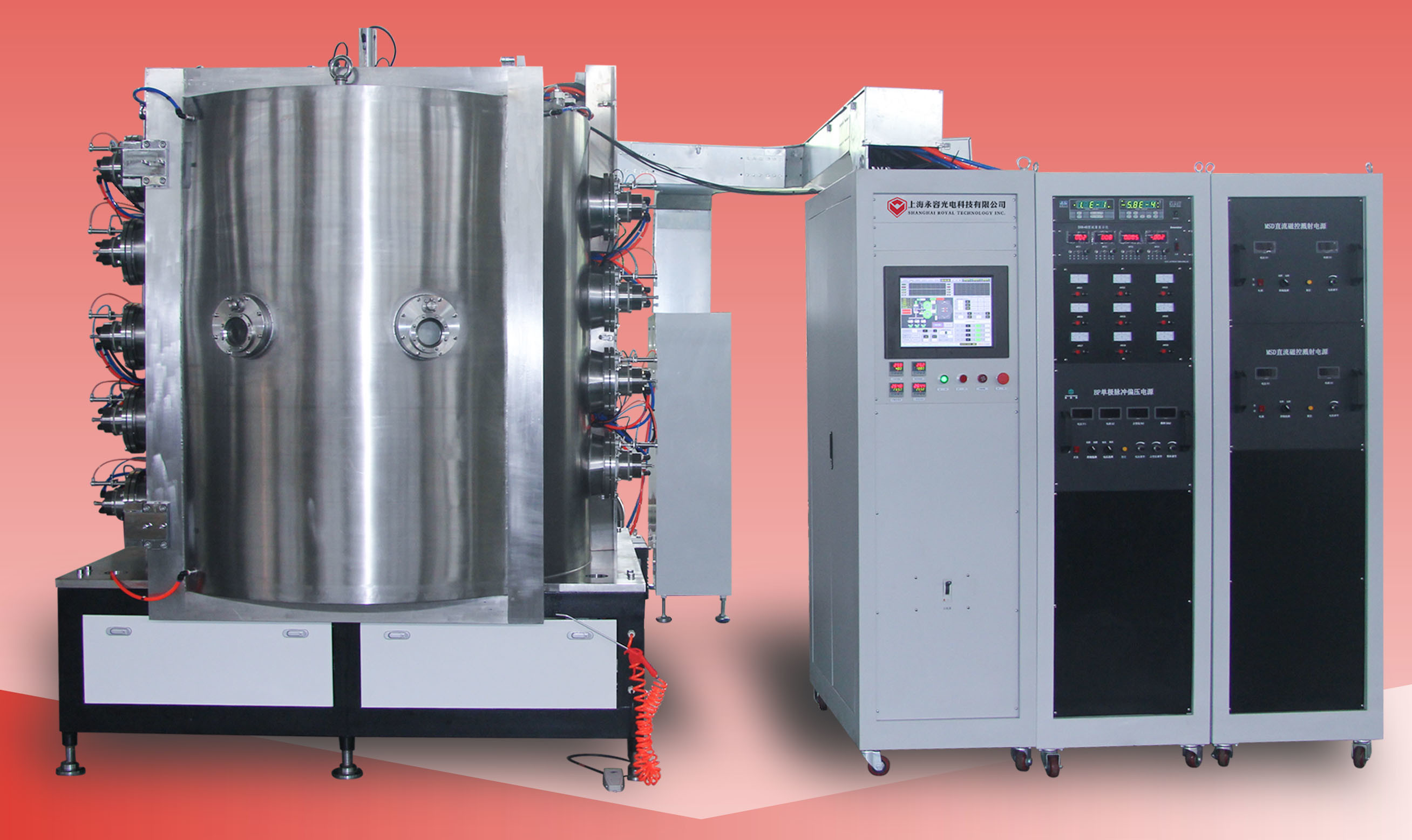
Pvd Chrome Vacuum Metallizer, UV PVD coating process, Chrome
PVD is an excellent vacuum coating process for the improvement of wear and corrosion resistance. It is highly required for functional applications, such as tools, decorative pieces, optical enhancement, moulds, dies, and blades. These are just a few examples of a wide range of already well-established applications [33,34,35]. The equipment used.
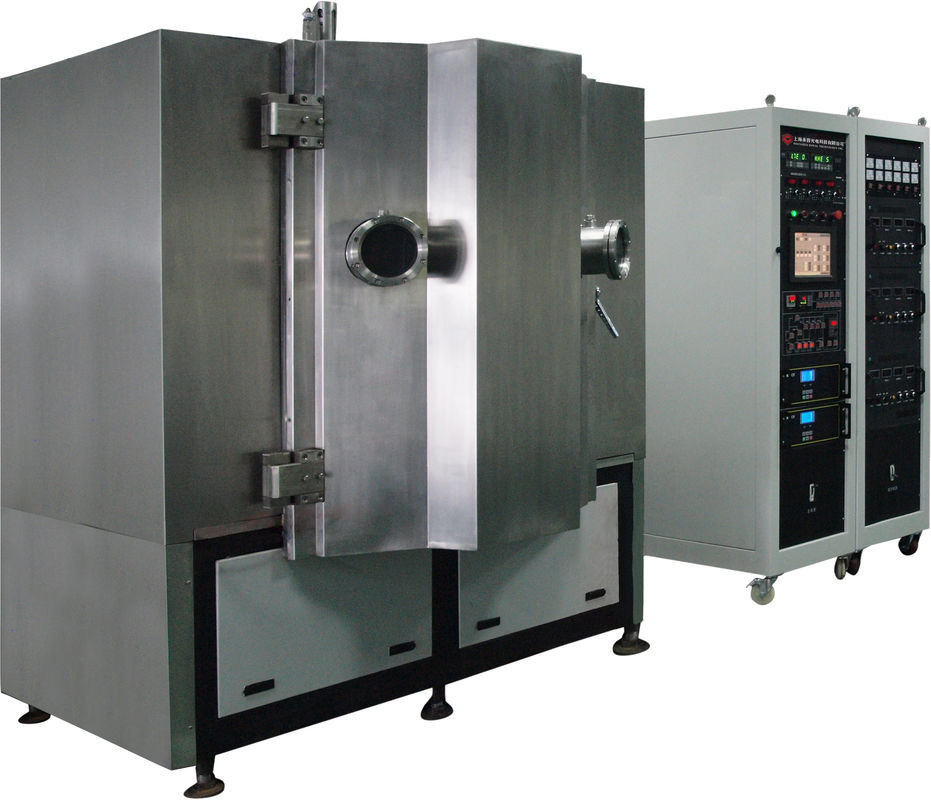
TiCN Pvd Vacuum Coating Machine , CrC true Black color decoration
Vapor deposition coating technology - Any technology that results in the formation of solid coating materials on solid surfaces as a result of the specific exploitation of the gaseous, vapor, or plasma states.. CVD (chemical vapor deposition) - Coating deposition and formation as a result of gaseous phase reactions and/or pyrolysis. PVD (physical vapor deposition) - Coating deposition.
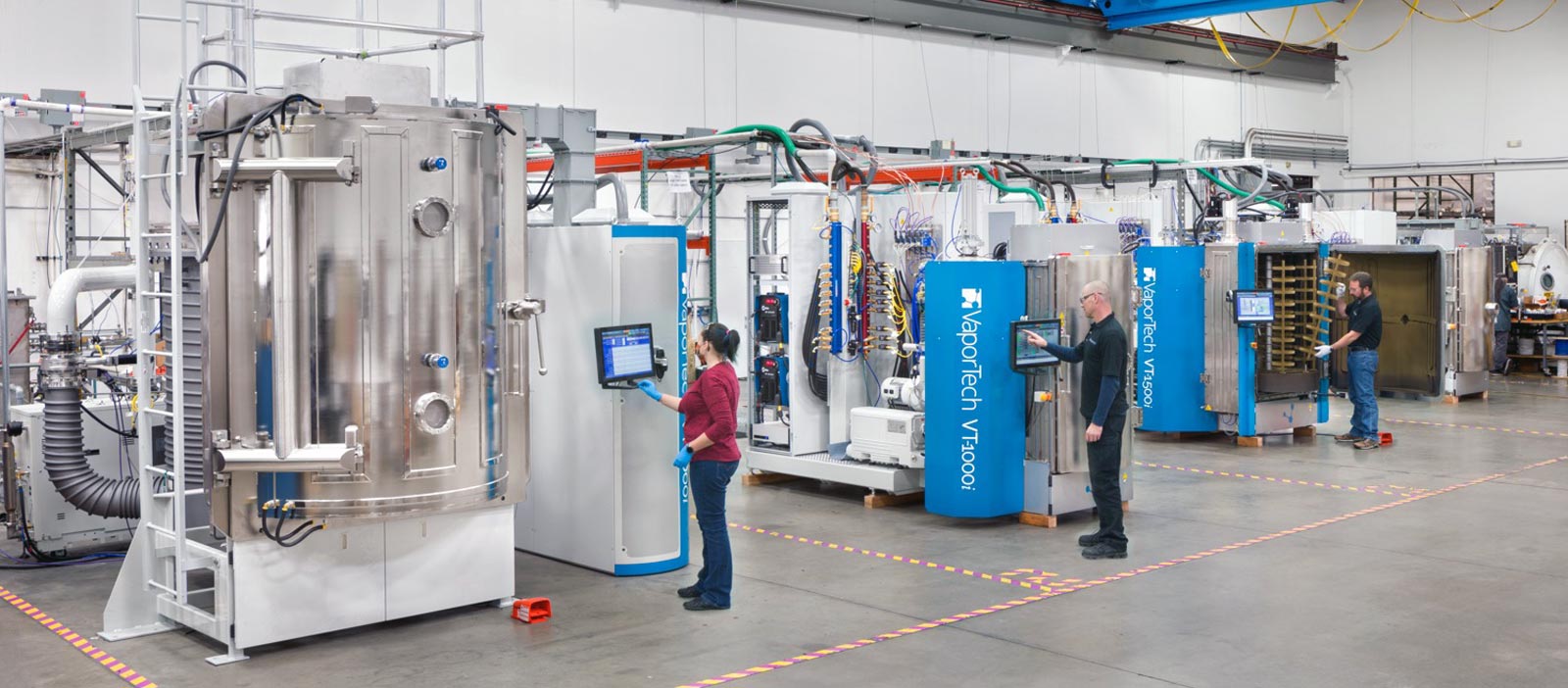
InHouse PVD Coating Equipment New Vacuum Coating Machines
PVD stands for Physical Vapor Deposition. PVD Coating refers to a variety of thin film deposition techniques where a solid material is vaporized in a vacuum environment and deposited on substrates as a pure material or alloy composition coating.
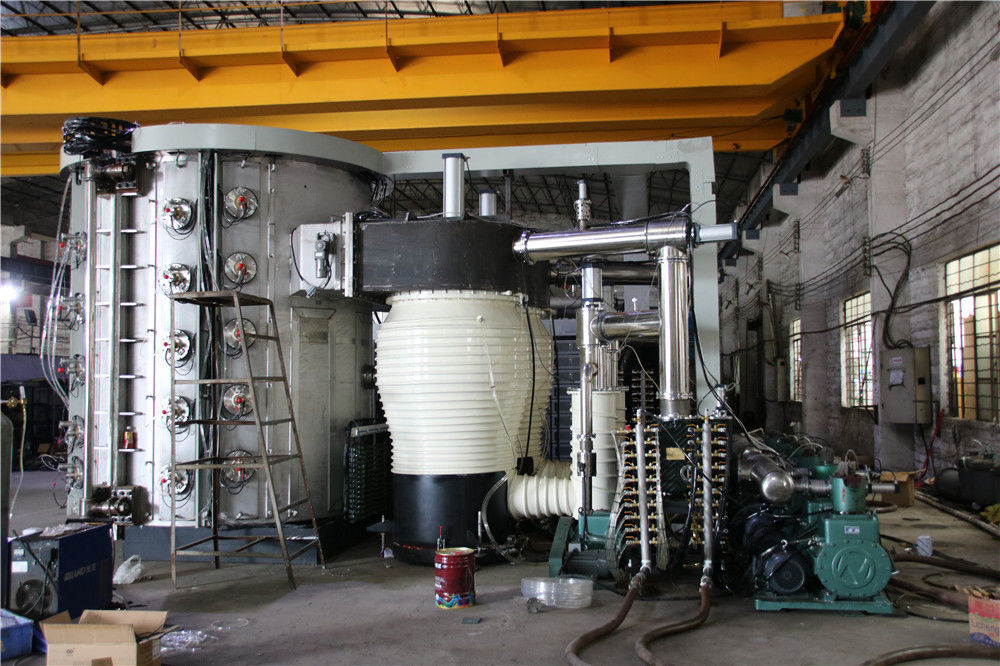
Multi Arc PVD Vacuum Coating Machine For Metal Products
PVD (Physical Vapor Deposition) coating is a highly advanced surface protection technique that offers a wide range of benefits and applications. This guide aims to provide a comprehensive understanding of PVD coating, from its basic principles to its various types, applications, and advantages. Table of Contents
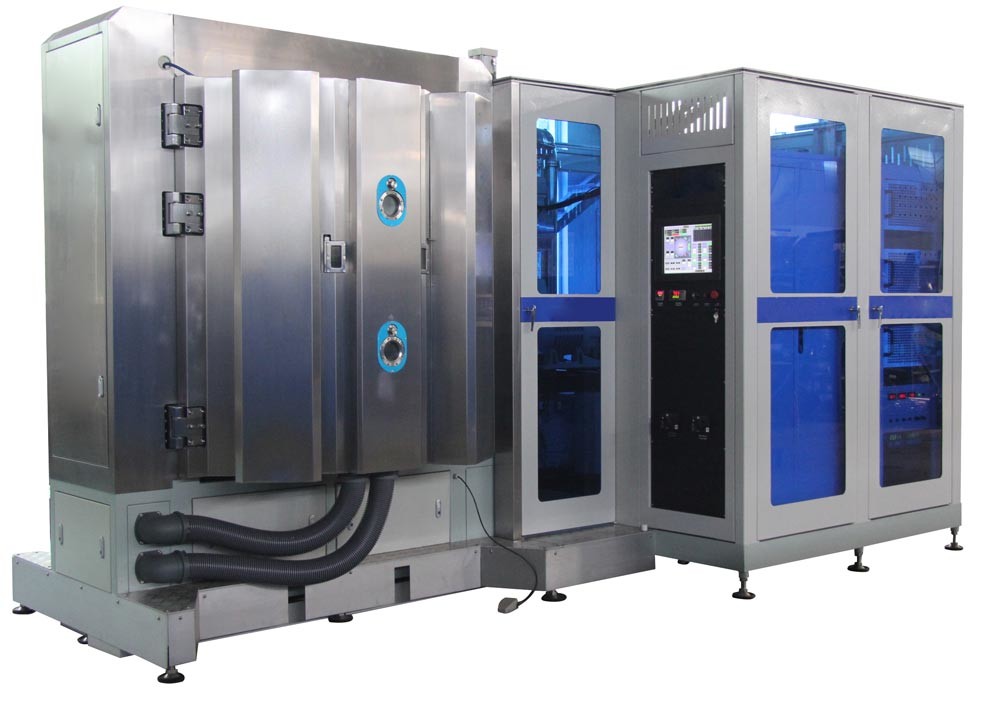
Bipolar Plates Pvd Vacuum Coating Machine, Tantalum Sputtering Coating
One of such processes is physical vapor deposition (PVD) processes that are atomistic deposition processes in which material is vaporized from a solid or liquid source in the form of atoms or molecules and transported in the form of a vapor through a vacuum or low pressure gaseous (or plasma) environment to the substrate, where it condenses.

Application And Operation Of PVD Vacuum Coating Machine News IKS
The TiAlCrSiYN-based family of PVD (physical vapor deposition) hard coatings was specially designed for extreme conditions involving the dry ultra-performance machining of hardened tool steels.

Stainless steel sheets pvd vacuum coating machine YouTube
Introduction. Physical vapor deposition (PVD) covers a broad family of vacuum coating processes in which the employed material is physically removed from a source or "target" by evaporation or sputtering. Then, it is transported by the energy of the vapor particles, and condensed as a film on the surfaces of appropriately placed parts.
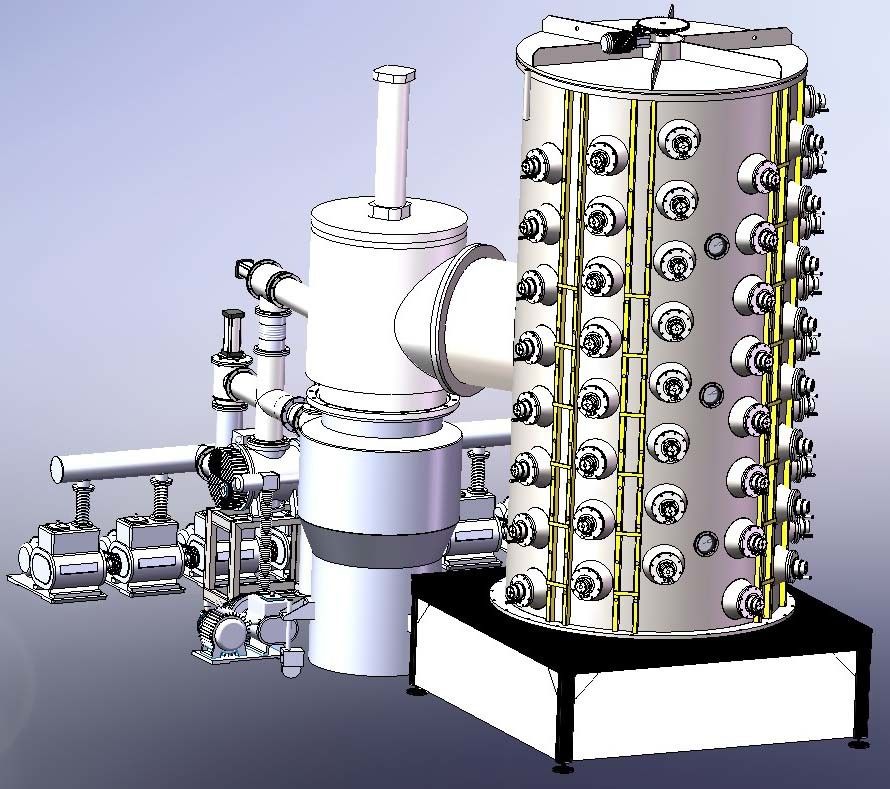
Rose Gold PVD Vacuum Coating Machine , Large Stainless Steel Pipes PVD
Physical vapor deposition ( PVD ), sometimes called physical vapor transport ( PVT ), describes a variety of vacuum deposition methods which can be used to produce thin films and coatings on substrates including metals, ceramics, glass, and polymers.
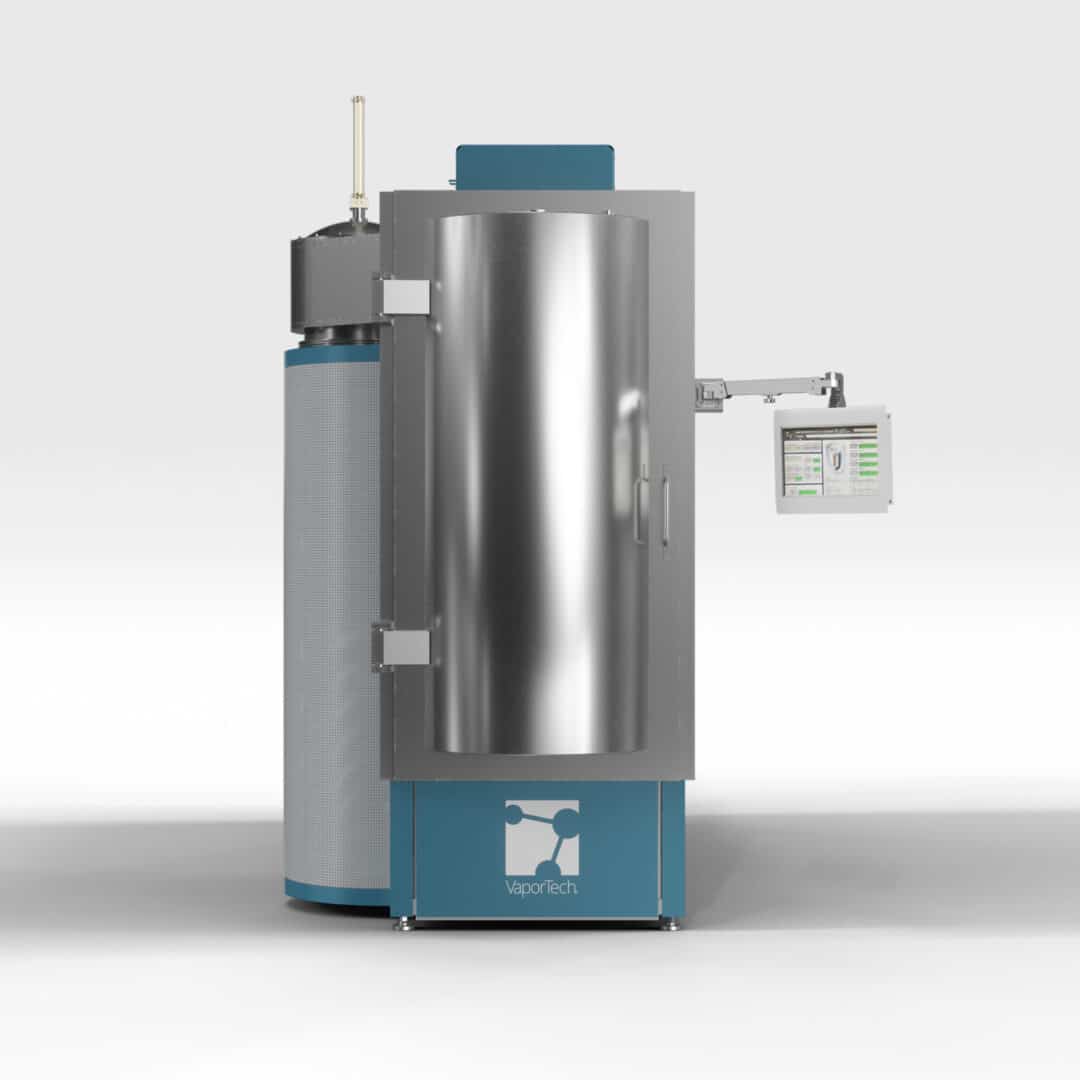
InHouse PVD Coating Equipment Vacuum Coating Machine
Here are all the steps of this vacuum coating process: Step 1: The air is vacuumed so the vacuum chamber has low pressure. Step 2: The material used for plating is placed into the vacuum chamber. Step 3: High voltage creates a plasma discharge (negative charge).

PVD Vacuum Coating System with Advanced Technology and Environmental
Evaporation Deposition: In the 1930s, Irving Langmuir and his colleagues developed the concept of evaporation deposition, where a material is heated to its evaporation point and then condensed onto a substrate in a vacuum chamber. This marked the beginning of PVD coating techniques.
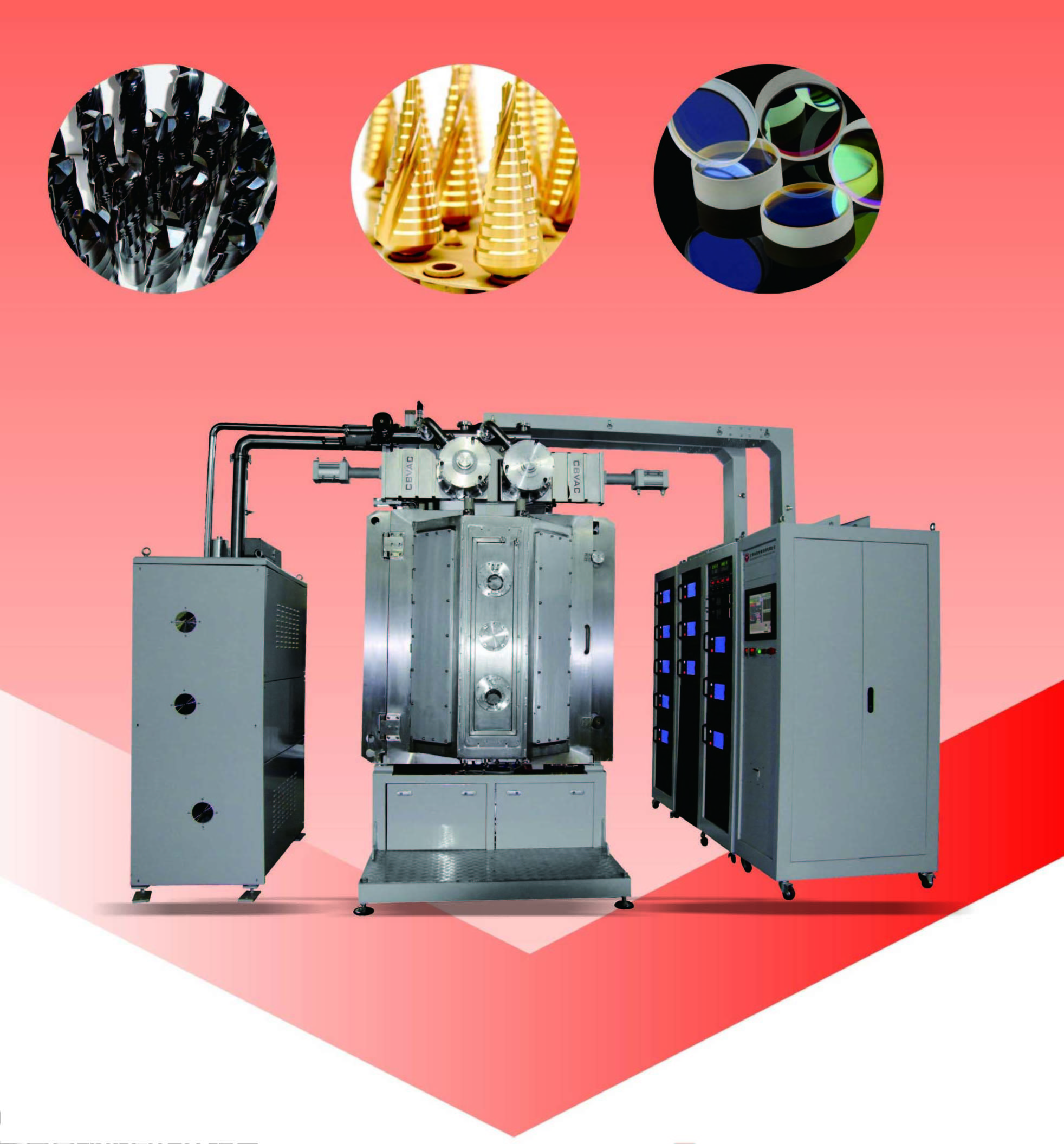
PECVD Optical Films Multipurpose PVD Coating System
BryCoat uses an advanced PVD (Physical Vapor Deposition) process in a vacuum chamber to deposit thin film hard coatings. Substrate parts are inspected upon arrival. Parts are cleaned in a proprietary multi-stage cleaning process to remove soils, oils, fingerprints and produce an oxide free surface. After cleaning, the substrates are mounted.

Stainless steel sink PVD vacuum coating YouTube
PVD coating, also known as thin-film coating, uses a vacuum chamber to vaporise a solid and deposit it onto a target substrate, atom by atom. The result is an extremely thin, extremely pure coating from a technique that is more environmentally friendly than many other coating technologies [1]. The PVD coating process occurs under vacuum.